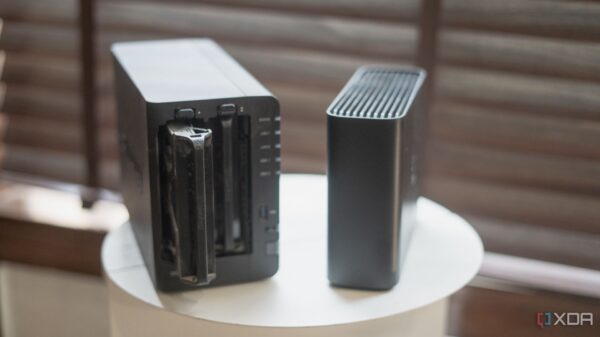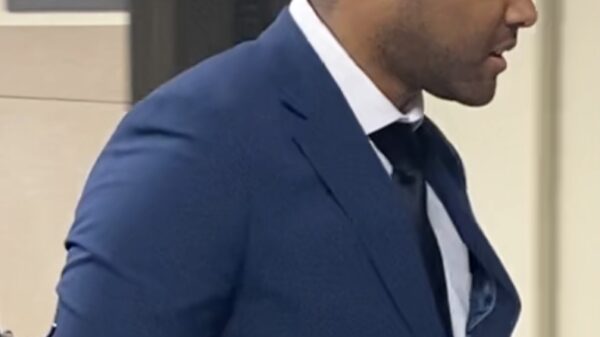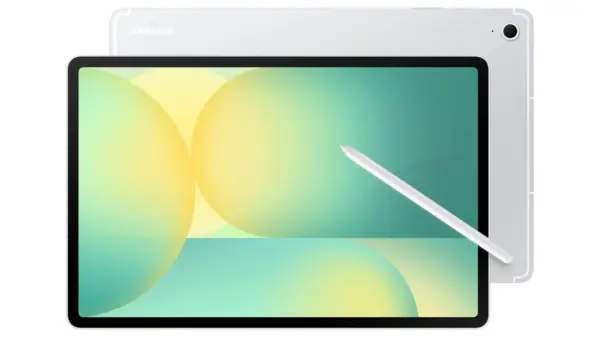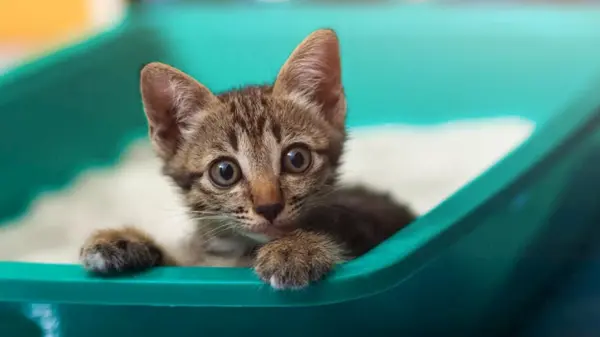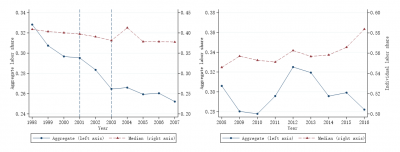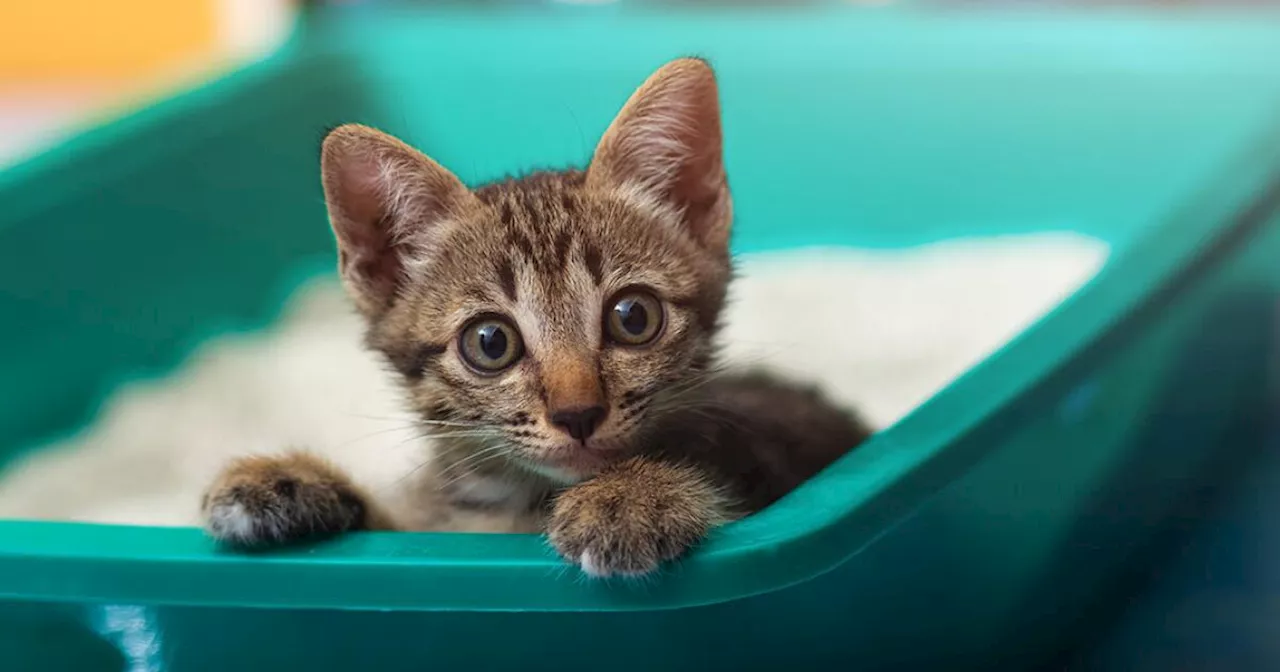Cats are generally well-adapted to using a litter box, but when issues arise, it can lead to significant problems for pet owners. Understanding the reasons behind a cat’s refusal to use its litter box is crucial for maintaining a healthy and happy pet.
Indoor cats instinctively gravitate towards a clean litter box. Most kittens learn to use it by imitating their mothers, beginning this behavior as early as three weeks of age. In adult cats, introducing a new litter box usually involves simply showing them where it is located. To establish good litter box habits, it is advisable to confine the cat to a smaller area initially.
The most common reason for inappropriate elimination—when a cat refuses to use the litter box—is a dirty litter box. Cats have an acute sense of smell, and a box filled with waste can be off-putting for them. If forced to navigate a dirty environment, cats may seek alternative spots to relieve themselves. In many cases, the responsibility lies with pet owners who do not maintain the litter box sufficiently.
Beyond cleanliness, other factors contributing to a cat’s aversion to the litter box can include litter box type, urine marking behaviors, hormonal issues, and medical conditions such as bladder infections. If a cat suddenly stops using a clean box, a thorough veterinary examination is essential to rule out any underlying health problems.
Essential Tips for Maintaining Your Cat’s Litter Box
To prevent litter box issues, consider these guidelines. First, it is recommended to have one litter box for each cat in the household, plus one additional box. This means that if you have two cats, you should have three litter boxes available. Position these boxes in quiet, easily accessible areas, avoiding high-traffic spots like laundry rooms.
Cats should never be startled while using the box. Choosing the right litter is equally important. Studies indicate that most cats prefer clumping clay litter, which allows for easier waste removal. It is advisable to keep at least 5 to 7 centimeters of litter in the box and completely replace it monthly. Daily scooping is also necessary to ensure a clean environment.
Selecting the right type of litter box can make a difference. Some cats may dislike covered boxes, so opting for traditional open boxes can be beneficial. The variety of litter available today can be overwhelming, ranging from clay and recycled newspaper to pine and food-based litters. While organic options exist, they require more diligent maintenance as they can mold or decay if not kept dry.
Health Risks and Environmental Considerations
The impact of ammonia levels in litter boxes is another concern. Healthy cat urine typically contains about 0.05% ammonia, but this can increase with bladder infections. Ammonia is produced when bacteria break down urea, creating a strong odor that can be harmful to both cats and humans. In just ten days, a dirty litter box can reach ammonia levels harmful to pets, leading to symptoms such as panting, weakness, and respiratory issues.
Flushing cat litter and waste down toilets may seem like an environmentally friendly option, but this practice poses significant risks. Flushing can introduce the parasite Toxoplasma gondii into waterways, which survives sewage treatment and can infect marine life. This has led to a notable decline in the California sea otter population, where this parasite has been identified as a leading cause of death.
In light of these risks, California has discouraged flushing cat litter, and legislation now mandates warnings on all flushable cat litter products. Additionally, attempting to flush cat waste can clog toilets, particularly in septic systems, necessitating more frequent maintenance.
Preventing inappropriate elimination is far easier than addressing it post-facto. While not all causes are within a pet owner’s control, many can be managed effectively. Choosing the right litter, maintaining cleanliness, and consulting a veterinarian when necessary are all vital steps to ensure your cat remains healthy and content.




